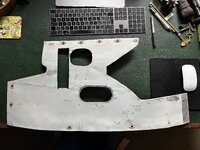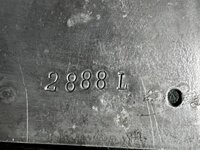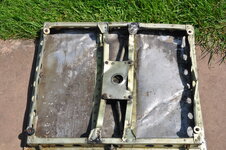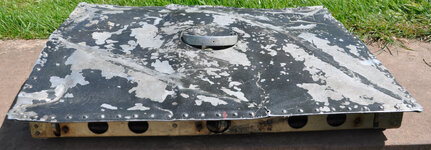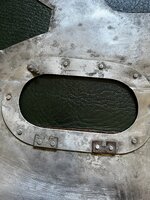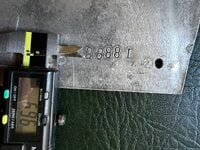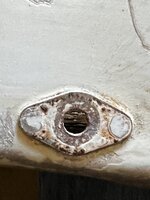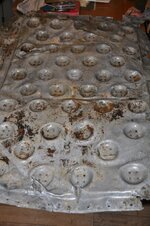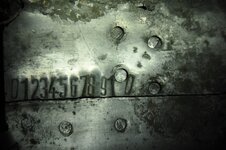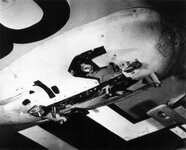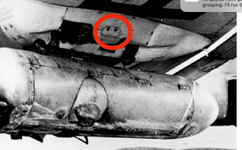A few years ago I picked up this piece of RLM 76 painted metal from Stalingrad. It was sold as Ju87 but there are so few images of the Ju87 and no part number that I cannot be 100% sure.
I can see it on this article 6th image down - so possibly the chap who found it.
 stalingradfront.com
stalingradfront.com
There is a Werknummer on it which would suggest it was from one of the higher production aircraft and also from the L ( Links ) side of the aircraft and also removable.
The RLM76 also narrows it down further.
Looking at Ju87 manuals I see a lot of openings under the fuselage around the bomb hoist and from the look of the holes in thsi panel it was also field modified.
Can anyone confirm its identity ? Ju87/109 etc.
I can see it on this article 6th image down - so possibly the chap who found it.
Pitomnik Airfield - the last hope of the 6th Army
Pitomnik Airfield is known to everyone who has ever read about the Stalingrad battle. It’s the main airfield where all the supply of German troops came to, all the wounded were taken out of here.
There is a Werknummer on it which would suggest it was from one of the higher production aircraft and also from the L ( Links ) side of the aircraft and also removable.
The RLM76 also narrows it down further.
Looking at Ju87 manuals I see a lot of openings under the fuselage around the bomb hoist and from the look of the holes in thsi panel it was also field modified.
Can anyone confirm its identity ? Ju87/109 etc.

